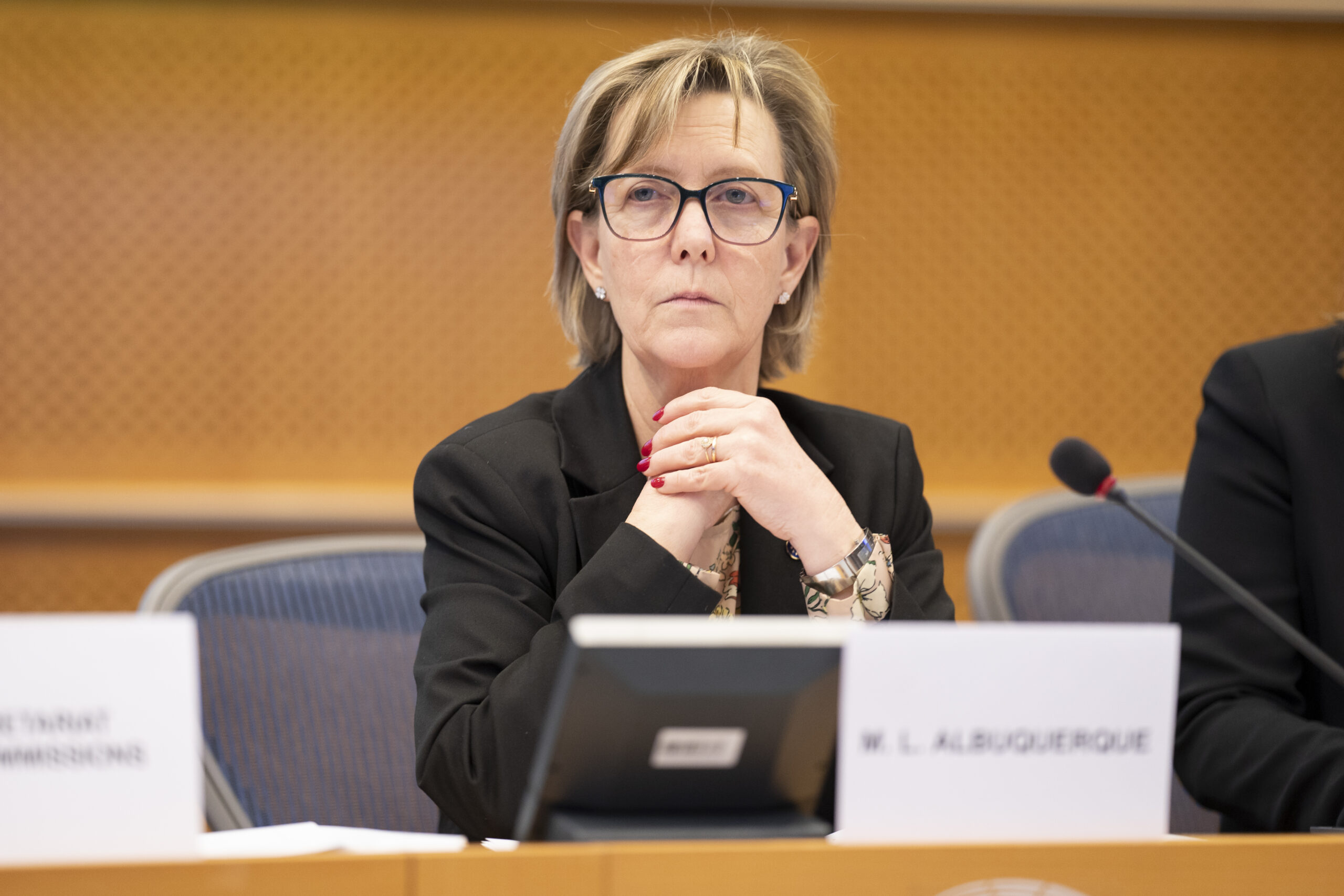Brussels – Reduce the securities settlement cycle from two days to 24 hours, that is, the distance between when the buyer receives the security and when the seller receives the money. This is the proposal presented today (Feb. 12) by the EU Commissioner for Financial Services, Maria Luís Albuquerque. From “T+2 to T+1,” a move that will “reduce costs, increase efficiency and improve liquidity,” the commissioner said.
More concretely, the Commission’s proposal should achieve some of the key objectives of the Capital Markets Union (CMU). The shorter the securities settlement, the lower the risks for buyers and sellers and the shorter the waiting time for investors to receive the money or securities owed. The idea is that by locking in money and securities set aside for a transaction for a shorter time, the opportunities for market participants to make other transactions, free up capital, and increase trading volumes will increase.

According to Albuquerque, moving to “T+1” would avoid market fragmentation and the costs associated with misalignment between the EU and other global financial markets: many jurisdictions, such as China, India, the United States, and Canada, have already reduced their settlement cycle to a single day. “We will also endeavour to coordinate with other European countries that intend to move to T+1, particularly the United Kingdom and Switzerland, given the close links between our capital markets,” the Portuguese commissioner pointed out.
The proposal, which amends the EU regulation on central securities depositories (CSDRs), sets October 11, 2027, as the appropriate date for the transition to T+1 regulation. This timeline will give market participants sufficient time to develop, test, and agree on processes and standards to ensure its orderly introduction in EU capital markets. The proposal also sets a maximum duration for the T+1 settlement cycle, preparing the market for future transactions at T+0.
English version by the Translation Service of Withub






